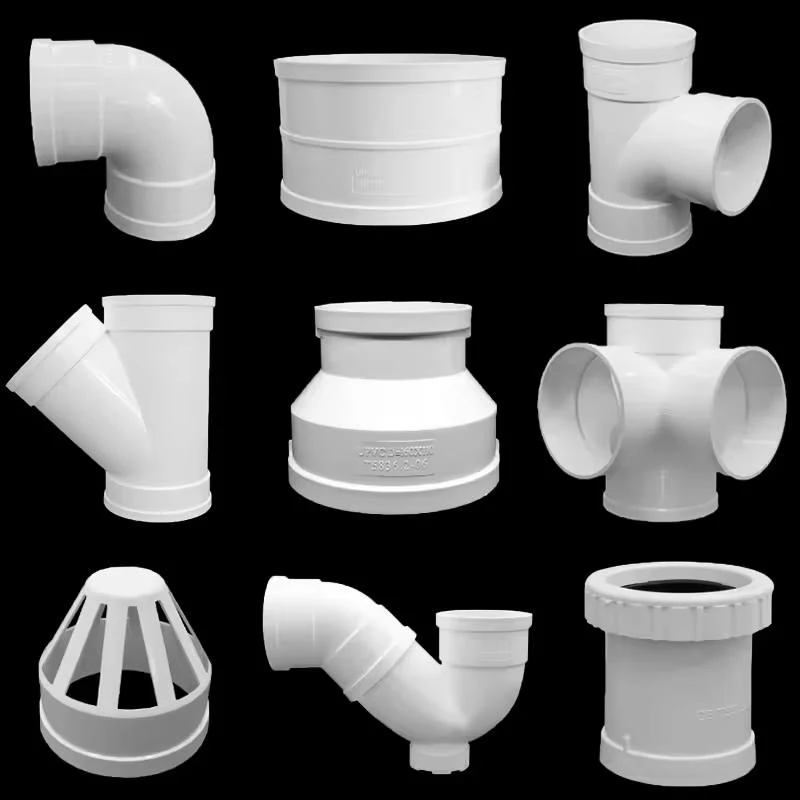Nov . 17, 2024 15:08 Back to list
ppr pipe heating time products
Understanding the Heating Time of PPR Pipes A Comprehensive Guide
PPR (Polypropylene Random Copolymer) pipes have gained substantial popularity in plumbing and construction due to their outstanding durability, corrosion resistance, and lightweight nature. One critical aspect that professionals in plumbing and construction must consider when working with PPR pipes is their heating time during installation. This article delves into the importance of heating time, factors affecting it, and best practices for ensuring a successful installation of PPR pipes.
What is PPR and Why is Heating Necessary?
PPR pipes are commonly used for hot and cold water supply systems, making them a reliable choice for both residential and commercial applications. To properly join PPR pipes, a fusion welding process is typically employed, which involves heating the pipe and fitting ends until they melt slightly. The heated ends are then pressed together to create a strong, seamless bond. This process requires careful consideration of the heating time to ensure an effective and durable connection.
Factors Influencing Heating Time
1. Pipe Diameter The diameter of the PPR pipe plays a significant role in determining the heating time. Larger diameters require more time to heat adequately compared to smaller ones. This is due to the increased volume of material that needs to reach the melting point for proper fusion.
2. Wall Thickness Similar to diameter, the wall thickness of the pipe affects the heating time. Thicker-walled pipes retain heat longer and may take additional time to reach the necessary temperature for welding. Therefore, it is essential to account for both diameter and wall thickness in the heating process.
3. Temperature Settings The operating temperature of the heating tools being used is another vital factor. For PPR pipes, the ideal heating temperature is typically between 260°C and 270°C (500°F to 518°F). Operating outside of this range can lead to insufficient melting or overheating, which can compromise the integrity of the joint.
4. Environmental Conditions The ambient temperature and conditions can also impact the heating time. In colder environments, pipes may take longer to reach the desired temperature due to heat loss. Conversely, hotter conditions may allow for quicker heating, but care must be taken to avoid overheating.
5. Heating Tool Type The type of heating tool employed, whether it be an electric fusion machine, a hot air gun, or a welding tool, can affect the efficiency and consistency of heating. Electric fusion machines are generally more efficient and provide controlled heating, while other tools might require more manual adjustments to achieve the desired results.
ppr pipe heating time products

Best Practices for Optimal Heating Time
To ensure optimal heating time and successful fusion of PPR pipes, consider the following best practices
1. Prior Preparation Before commencing the welding process, ensure that the pipe ends are adequately cleaned and free from contaminants. This aids in achieving a strong bond and reduces the risk of joint failure.
2. Monitor Temperature Consistently monitor and document the temperature of both the heating tool and the pipes. Utilize temperature indicators where applicable to ensure that the heating reaches the optimal range without exceeding it.
3. Adhere to Manufacturer Guidelines Always follow the manufacturer’s guidelines regarding heating times, temperatures, and procedures specific to the PPR pipes being utilized. These recommendations are based on extensive testing and provide the best chance for successful installations.
4. Practice Proper Timing Timing is crucial in the fusion process. Ensure the heated surfaces are joined together within the manufacturer-specified timeframe after heating to prevent premature cooling before a proper bond is formed.
5. Use Quality Tools Invest in high-quality heating and welding tools designed specifically for PPR materials. Quality tools tend to perform better, providing consistent heating and reducing the likelihood of installation issues.
Conclusion
In conclusion, understanding the heating time of PPR pipes is essential for plumbing and construction professionals. Factors such as pipe diameter, wall thickness, temperature settings, environmental conditions, and the type of heating tool all play crucial roles in determining the success of the installation process. By adhering to best practices and continuously monitoring conditions, professionals can ensure that PPR pipes are installed effectively, resulting in robust and reliable plumbing systems. With proper knowledge and preparation, working with PPR pipes can lead to long-lasting and efficient installations that meet the demands of modern construction.
-
High-Quality PVC Borehole Pipes Durable & Versatile Pipe Solutions
NewsJul.08,2025
-
High-Quality PVC Perforated Pipes for Efficient Drainage Leading Manufacturers & Factories
NewsJul.08,2025
-
High-Quality PVC Borehole Pipes Durable Pipe Solutions by Leading Manufacturer
NewsJul.08,2025
-
High-Quality PVC Borehole Pipes Reliable PVC Pipe Manufacturer Solutions
NewsJul.07,2025
-
High-Quality UPVC Drain Pipes Durable HDPE & Drain Pipe Solutions
NewsJul.07,2025
-
High-Quality Conduit Pipes & HDPE Conduit Fittings Manufacturer Reliable Factory Supply
NewsJul.06,2025

